Kings who were not popular with the people
Ah, monarchies! The glitz, the glamor, the… questionable leadership? While some kings and queens have won the hearts of their people, others have become infamous for their unpopular reigns. In this article, we’ll delve into the lives of some of history’s most unpopular monarchs. From tyrants to ineffectual rulers, these sovereigns left a lasting, albeit controversial, mark on history. Let’s take a closer look at what made these monarchs so memorable, for better or worse.
King John of England: The Not-So-Merry Monarch
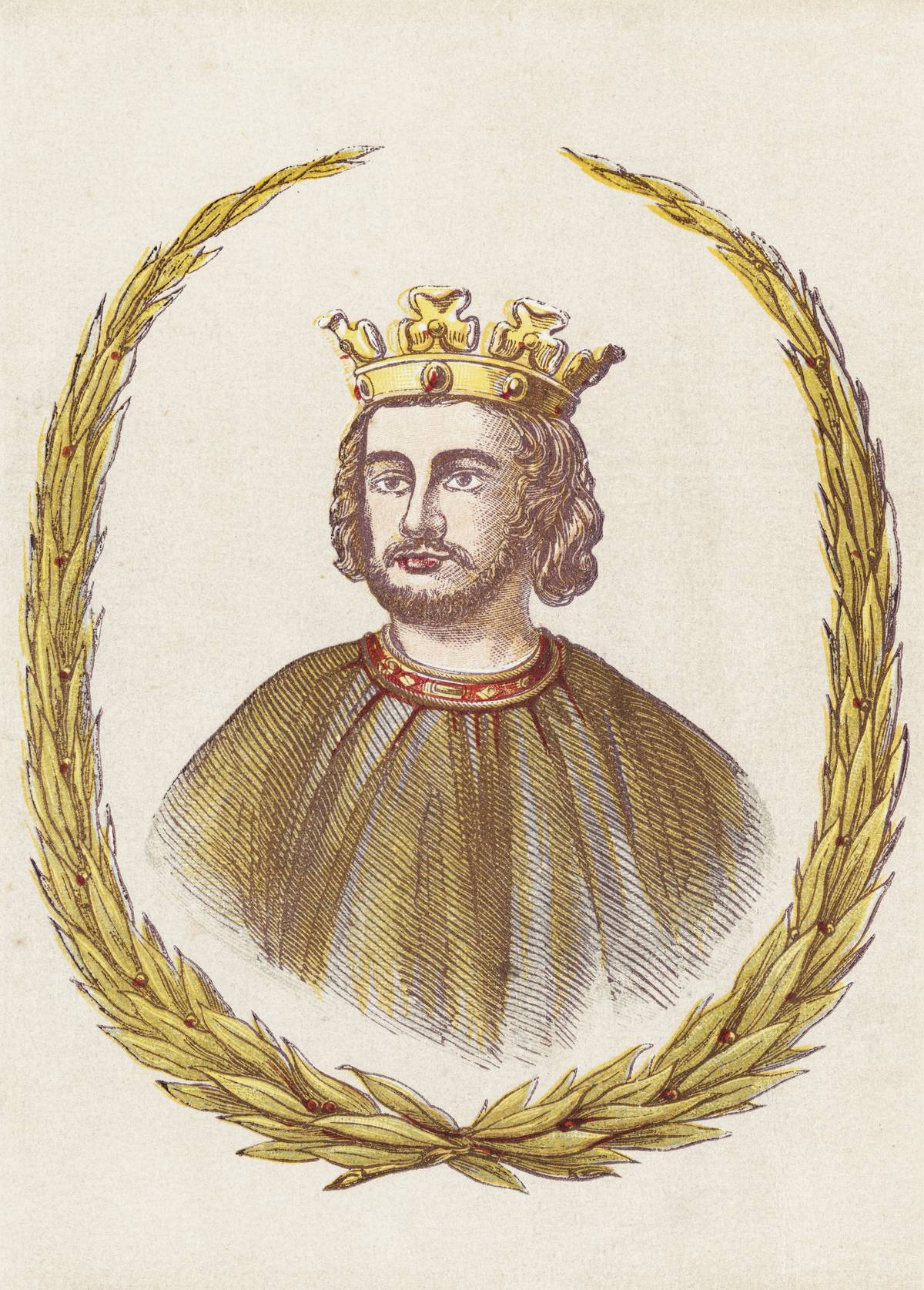
King John of England, reigning from 1199 to 1216, is often remembered as the villain in the Robin Hood legends. In reality, his reign was marred by a series of failures, including the loss of the Angevin Empire in France and the signing of the Magna Carta in 1215. The Magna Carta, a document that limited the king’s power, was forced upon him by rebellious barons fed up with his heavy taxation and arbitrary justice. Despite these challenges, John’s reign laid the groundwork for constitutional governance in England.
Louis XVI of France: From Royalty to Revolution
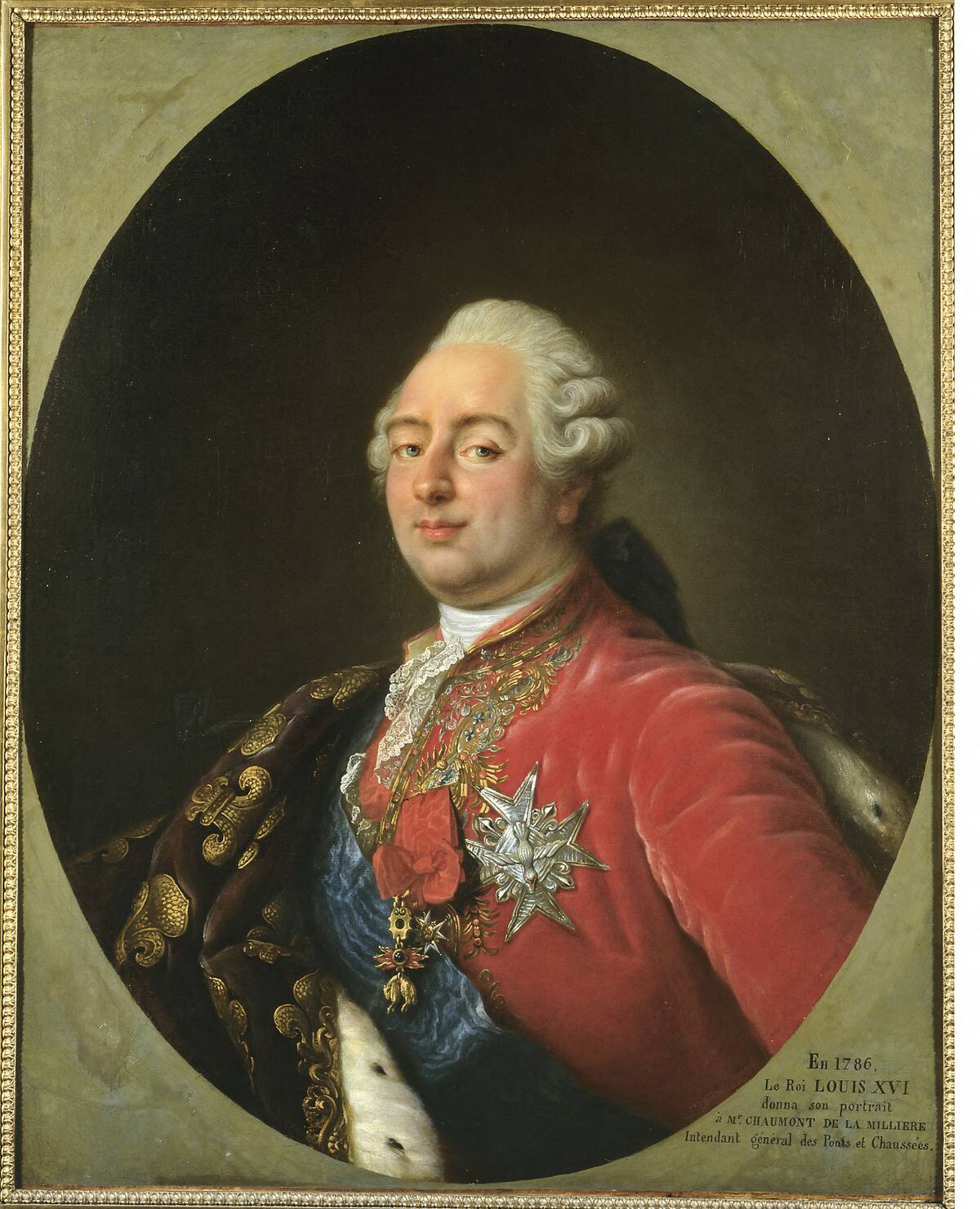
Louis XVI of France found himself in a precarious position as the winds of revolution swept through France. Ascending to the throne in 1774, his inability to manage the nation’s finances and his indecisiveness in the face of mounting civil unrest led to his downfall. The financial crisis, exacerbated by France’s involvement in the American Revolution, pushed the country toward bankruptcy. Ultimately, his reign ended with the French Revolution, and he was executed by guillotine in 1793, symbolizing the end of absolute monarchy in France.
King George III: The Mad King’s Missteps
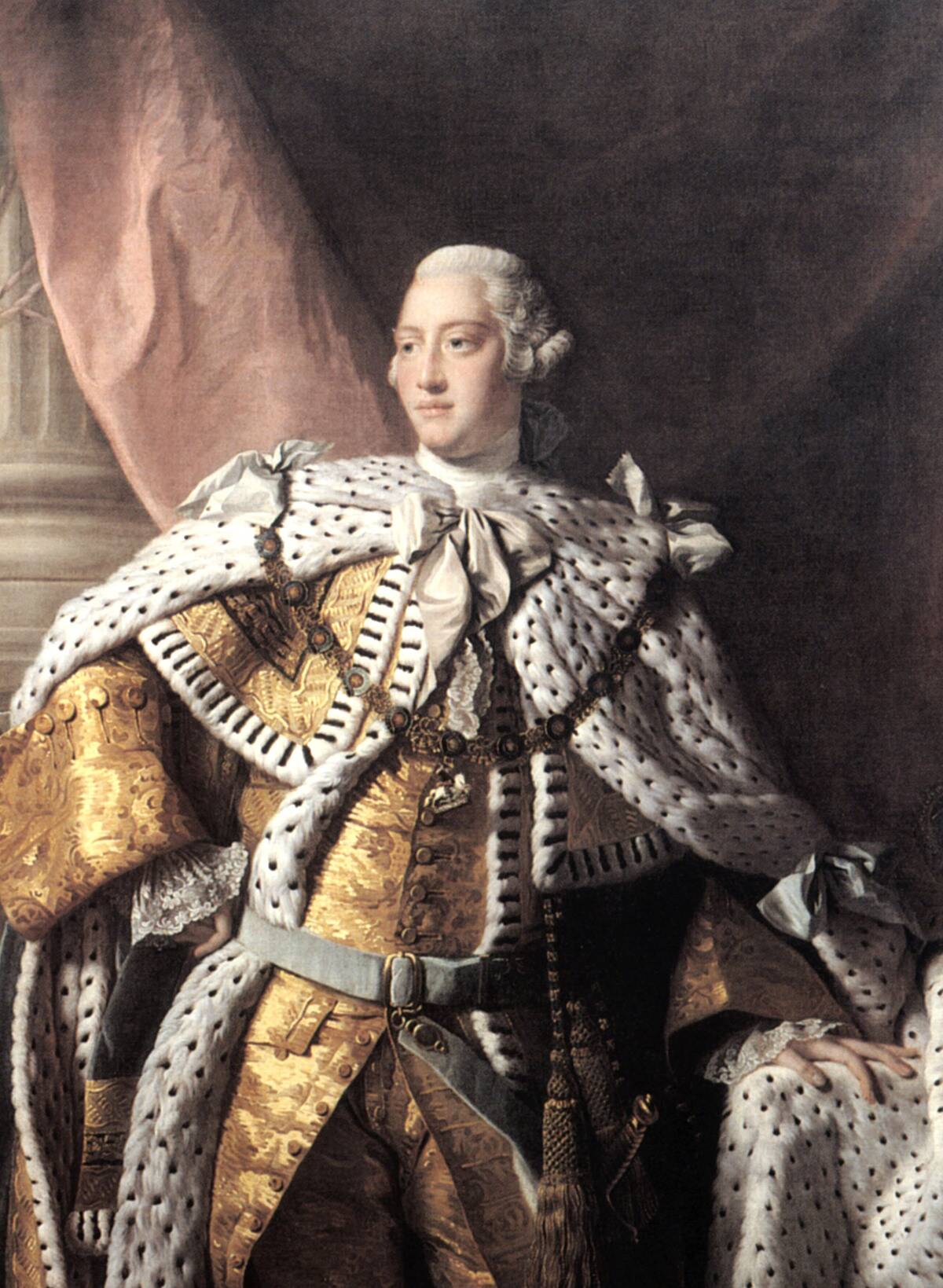
King George III is often remembered for losing the American colonies, but his reign was far more complex. He ruled from 1760 to 1820, and during this period, Britain faced significant challenges, including the American Revolution and the Napoleonic Wars. George III’s mental health issues, now believed to be due to a condition called porphyria, further complicated his reign. Despite these setbacks, he was a patron of the arts and sciences, and his long reign saw the beginnings of the British Industrial Revolution.
Emperor Nero: Rome’s Infamous Tyrant
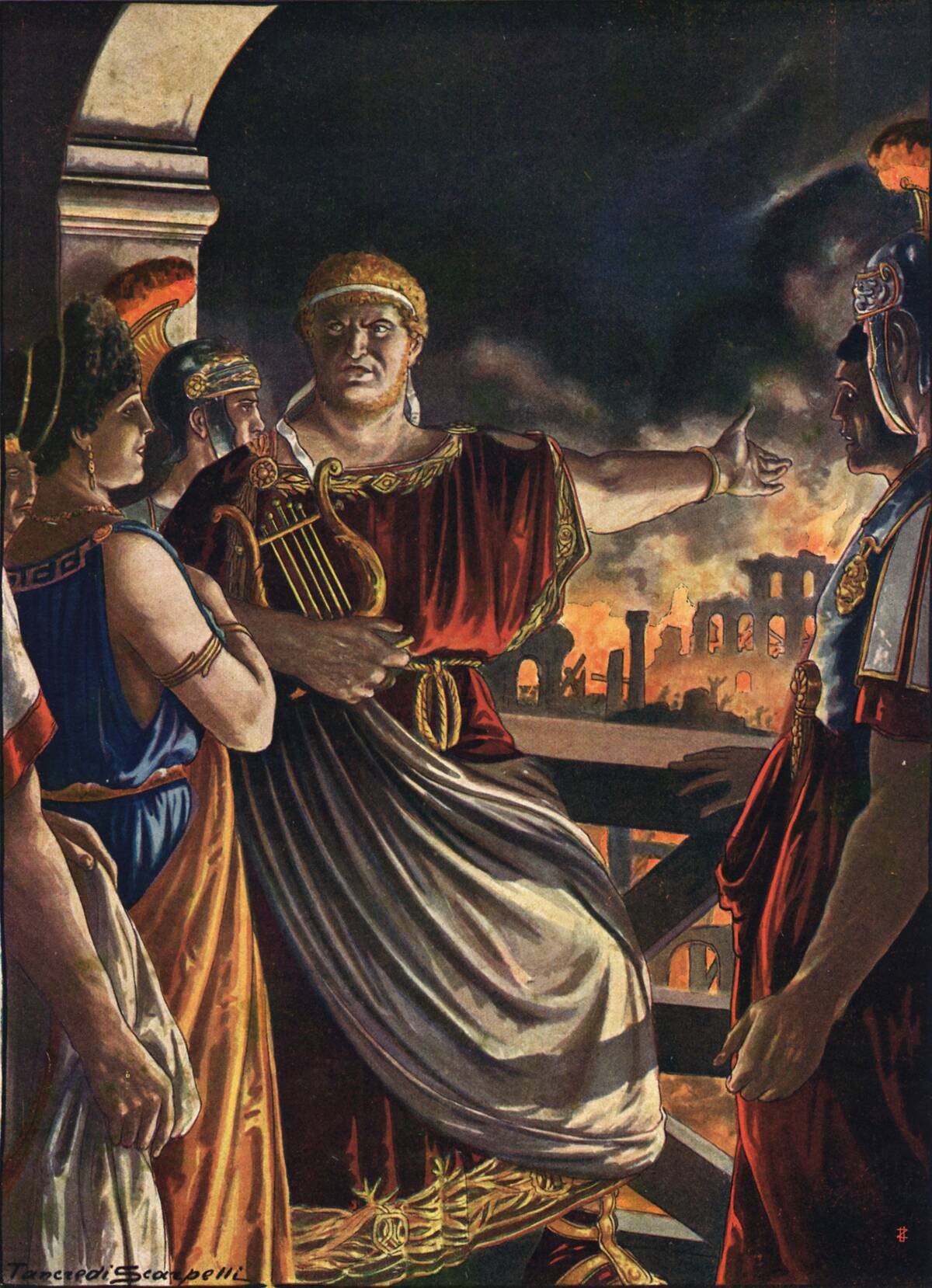
Emperor Nero’s reign from 54 to 68 AD is often characterized by tyranny and extravagance. Nero is infamously known for his persecution of Christians and is often (though inaccurately) accused of playing the lyre while Rome burned in the Great Fire of AD 64. His ambitious building projects drained Rome’s treasury, leading to heavy taxation and widespread discontent. Despite his ruthless reputation, Nero was also a patron of the arts and even participated in performances himself, much to the chagrin of Rome’s elite.
King Richard III: Villain or Victim?
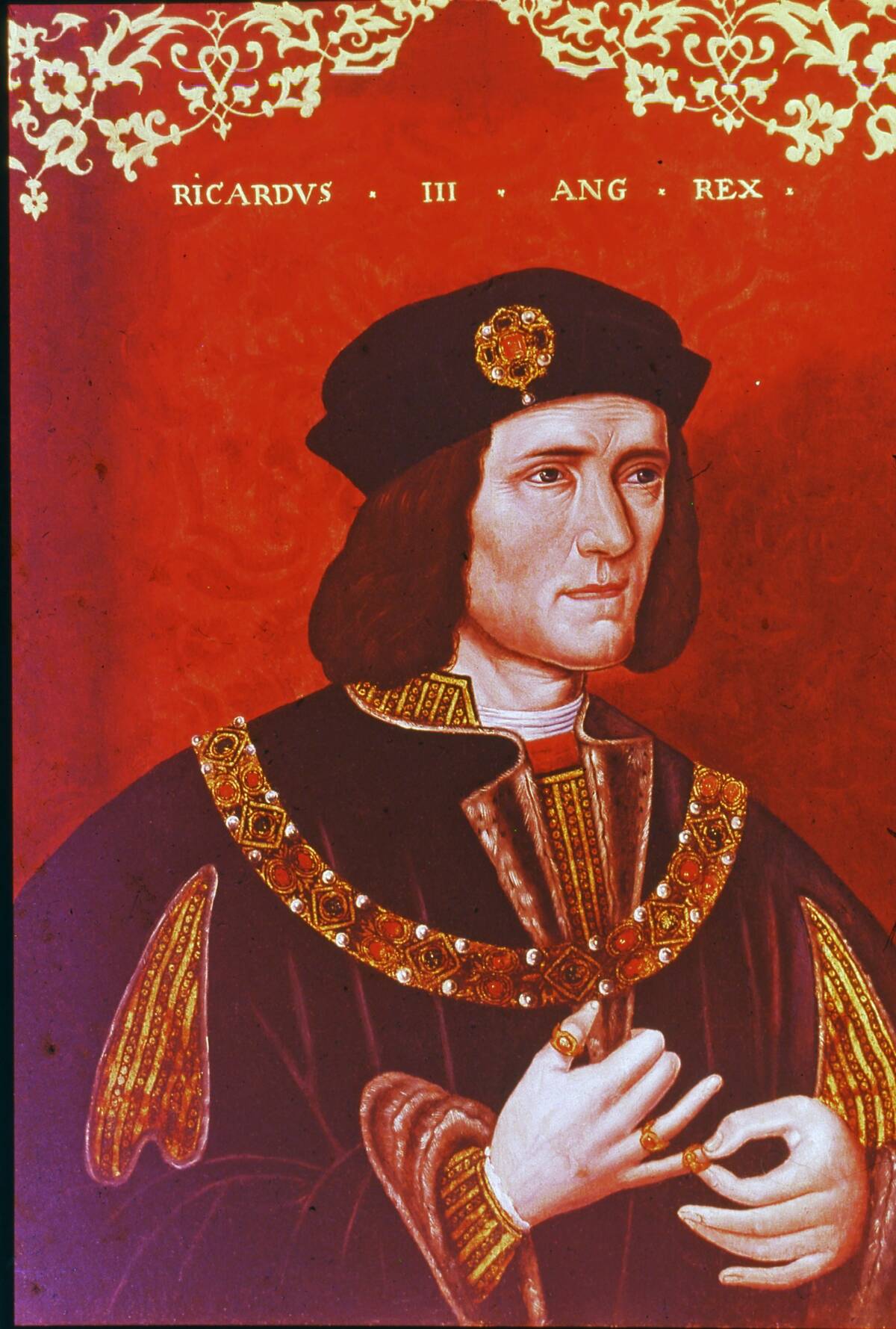
King Richard III’s legacy as a villain is largely thanks to Shakespeare’s portrayal of him as a hunchbacked usurper. However, historical evidence paints a more nuanced picture. His reign, though short from 1483 to 1485, was marked by attempts at legal reform and administrative efficiency. Richard’s downfall came at the Battle of Bosworth Field, where he was defeated by Henry Tudor. Recent discoveries, including the unearthing of his remains in 2012, have renewed interest in his life and reign, challenging long-held perceptions.
King Charles I of England: A Reign Cut Short
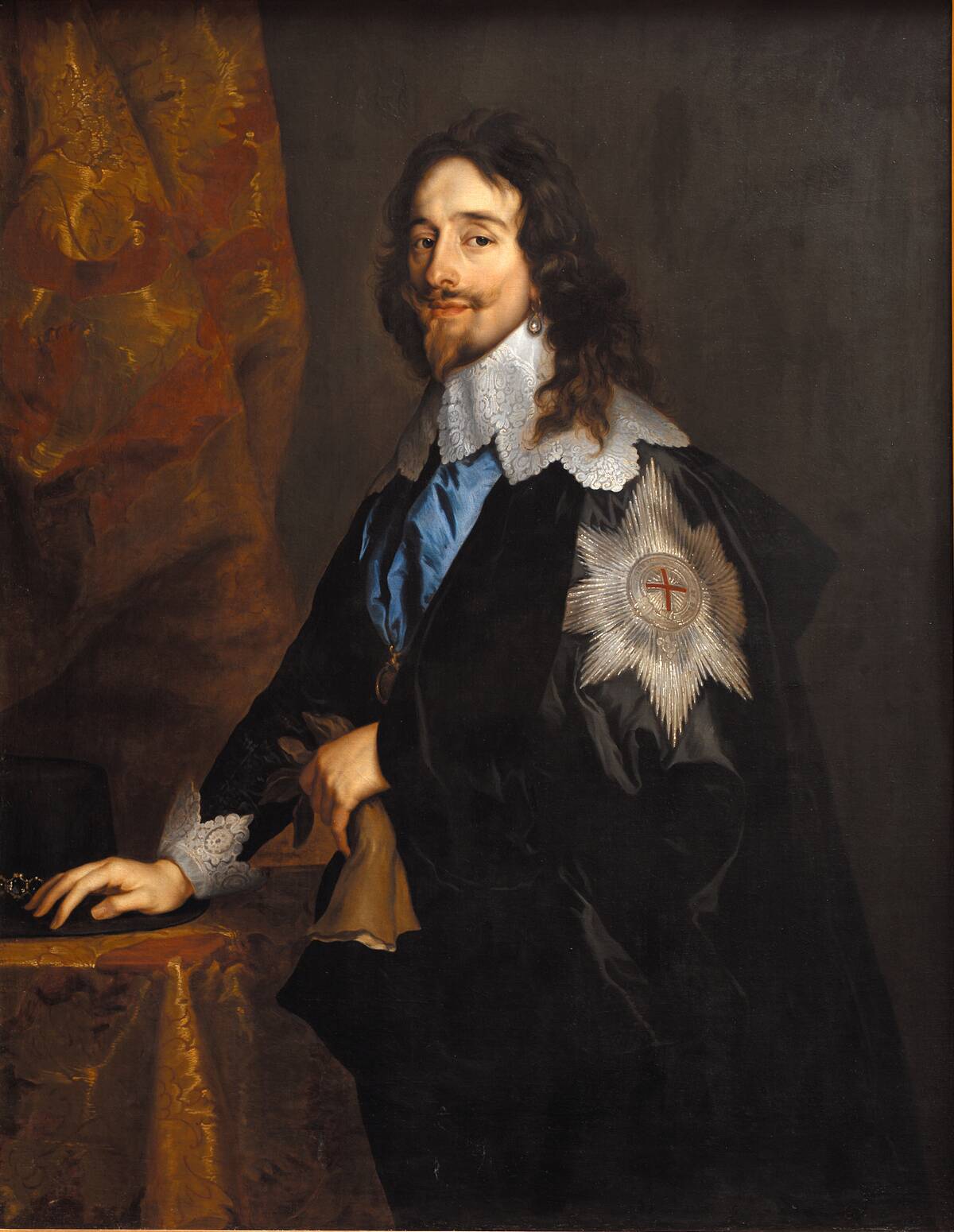
King Charles I’s reign from 1625 to 1649 was fraught with political conflict, leading to the English Civil War. His belief in the divine right of kings clashed with Parliament’s demand for more power, culminating in his eventual execution. Charles’s refusal to compromise on religious and political issues alienated many of his subjects. Despite his tragic end, his reign paved the way for the eventual establishment of a constitutional monarchy in England, reshaping the country’s political landscape.
King Edward II: A Troubled English Sovereign
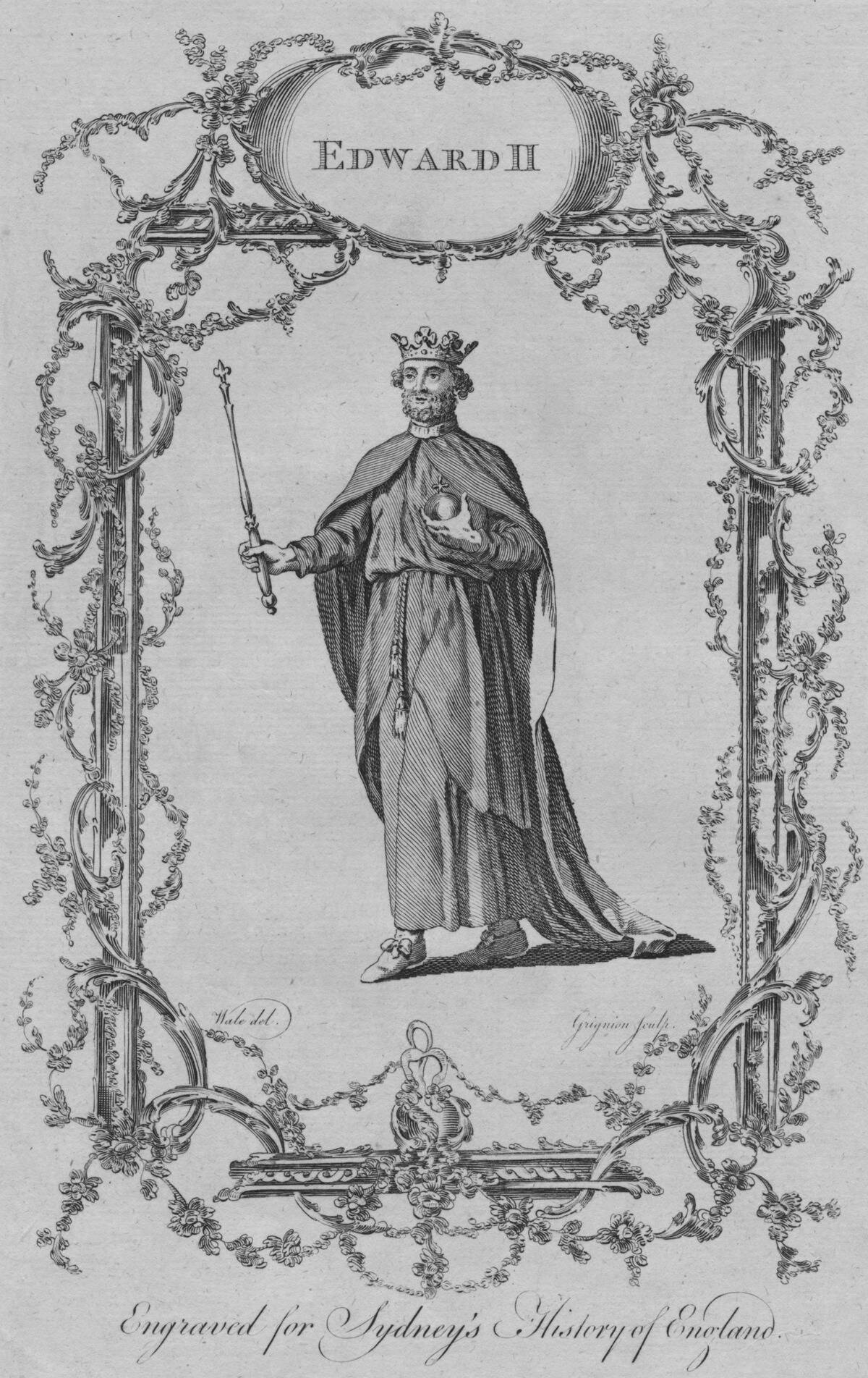
King Edward II’s reign from 1307 to 1327 was marked by military failures and political strife. His defeat by Robert the Bruce at the Battle of Bannockburn in 1314 was a significant blow to English prestige. Edward’s favoritism towards certain courtiers, like Piers Gaveston, led to tensions with the nobility, ultimately resulting in his deposition. His reign ended in imprisonment and his mysterious death, often speculated to have been murder, leaving behind a legacy of turmoil and unrest.
King Henry VI: The Ineffectual King
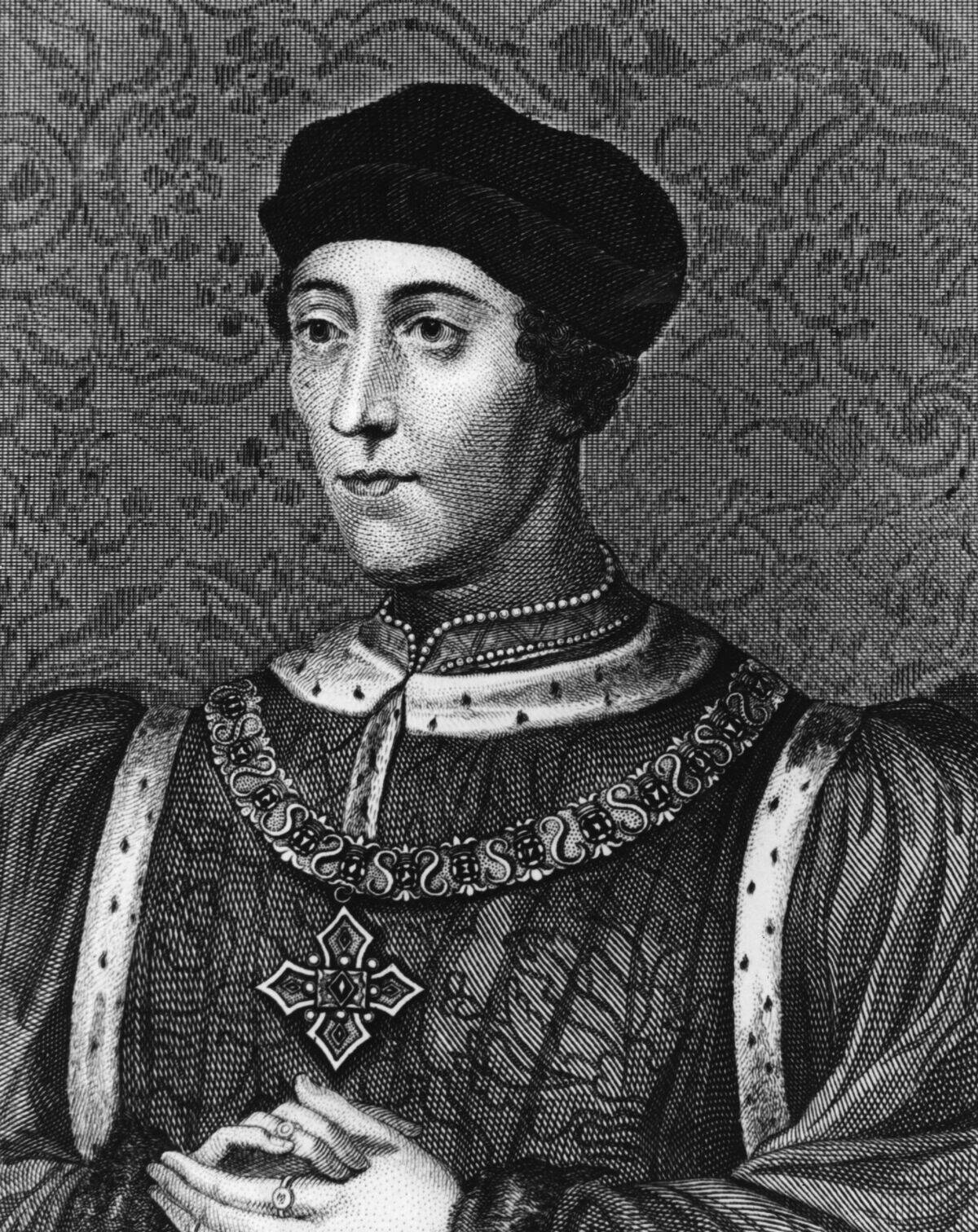
King Henry VI of England, who reigned during the tumultuous Wars of the Roses, was known for his piety but not for his leadership skills. His reign, from 1422 to 1461 and again from 1470 to 1471, was plagued by mental health issues and factional infighting. The loss of English territories in France and the rise of the Yorkist faction led to his downfall. Despite his shortcomings as a ruler, Henry’s legacy includes the founding of educational institutions like Eton College and King’s College, Cambridge.
Tsar Nicholas II of Russia: The Last Romanov
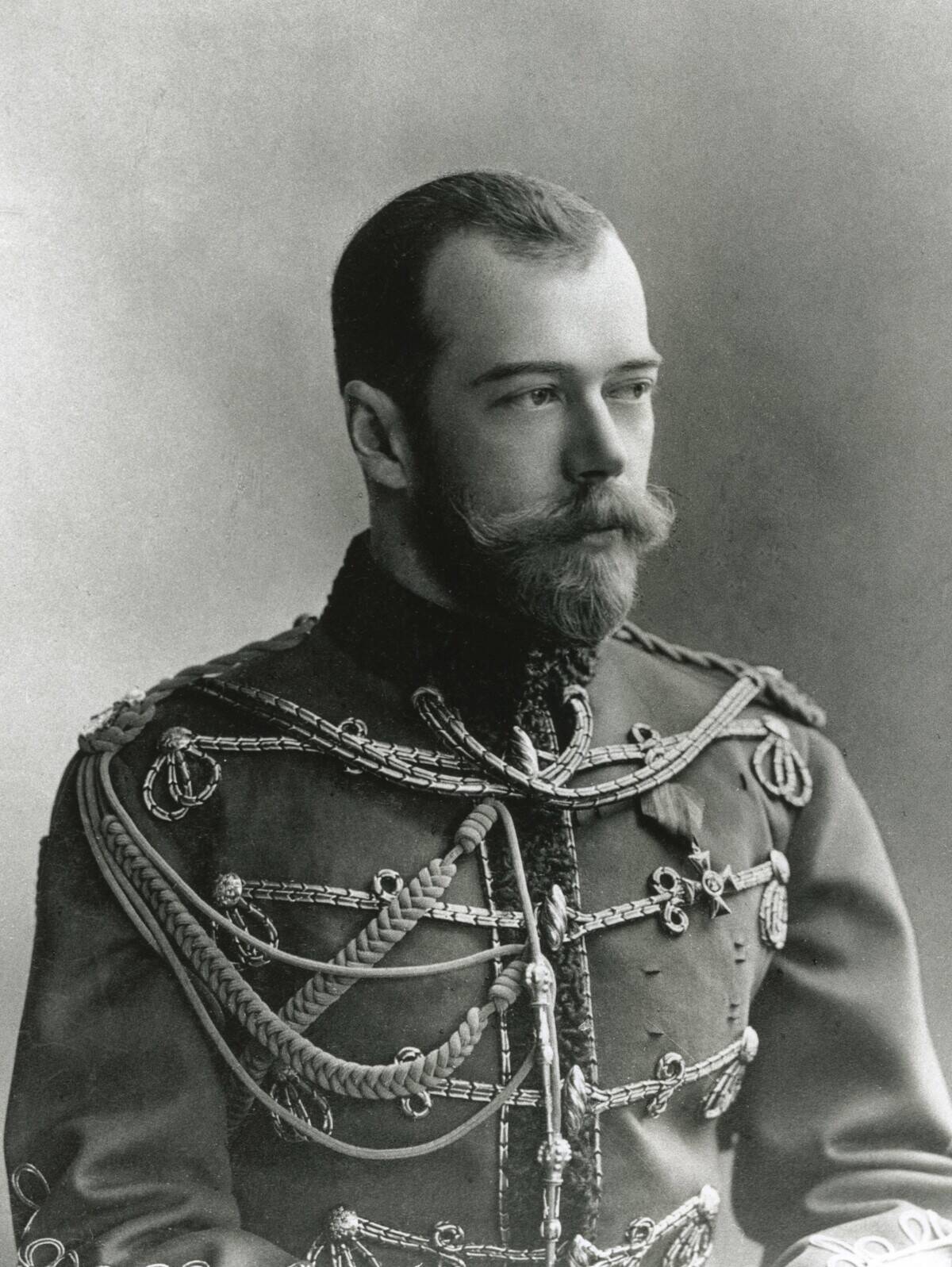
Tsar Nicholas II’s reign from 1894 to 1917 ended in the Russian Revolution and the fall of the Romanov dynasty. Faced with mounting social and economic issues, Nicholas’s inability to enact meaningful reforms led to widespread dissatisfaction. His decision to involve Russia in World War I further strained the nation. The abdication of Nicholas II marked the end of over three centuries of Romanov rule, and he, along with his family, was executed by Bolsheviks in 1918, leaving a lasting impact on Russian history.
King James II of England: The Catholic King in a Protestant Land
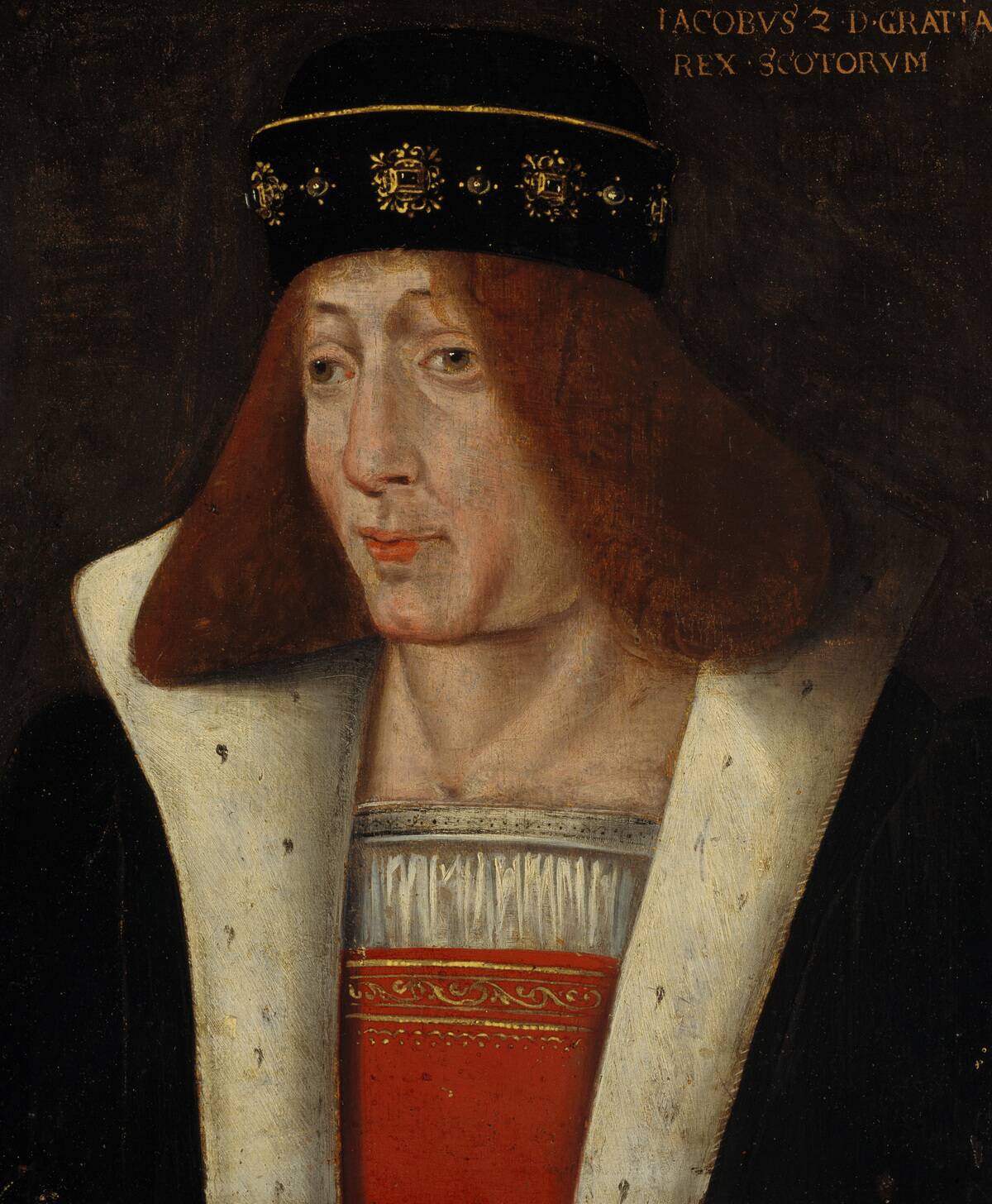
King James II’s brief reign from 1685 to 1688 was marked by religious tension, as he attempted to promote Catholicism in a predominantly Protestant England. His policies of religious tolerance were seen as a threat by many, leading to the Glorious Revolution. The birth of his Catholic heir further alarmed Protestants, prompting an invitation to William of Orange to take the throne. James’s deposition ended with his flight to France, and the Protestant succession was secured, shaping the future of the British monarchy.
Emperor Caligula: Rome’s Most Notorious Emperor
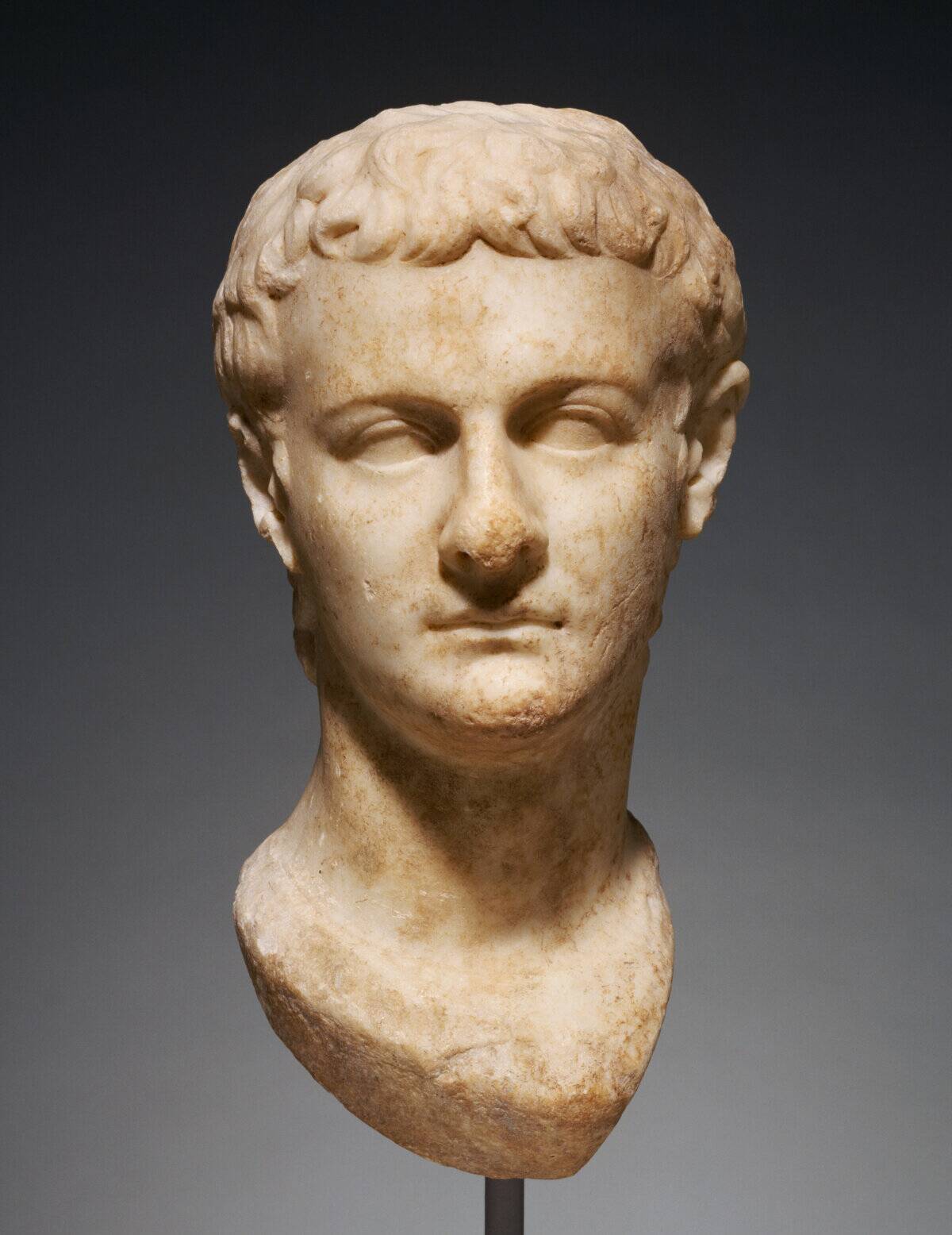
Emperor Caligula’s reputation for madness and excess precedes him, but his reign from 37 to 41 AD was brief and tumultuous. Known for his extravagant spending and erratic behavior, Caligula’s actions alienated the Senate and common people alike. He is famously said to have appointed his horse, Incitatus, as a priest, though this story is likely exaggerated. His assassination by members of his own guard marked the violent end of his chaotic rule, highlighting the instability of Roman imperial politics.
King Louis XVIII: The Reluctant Monarch
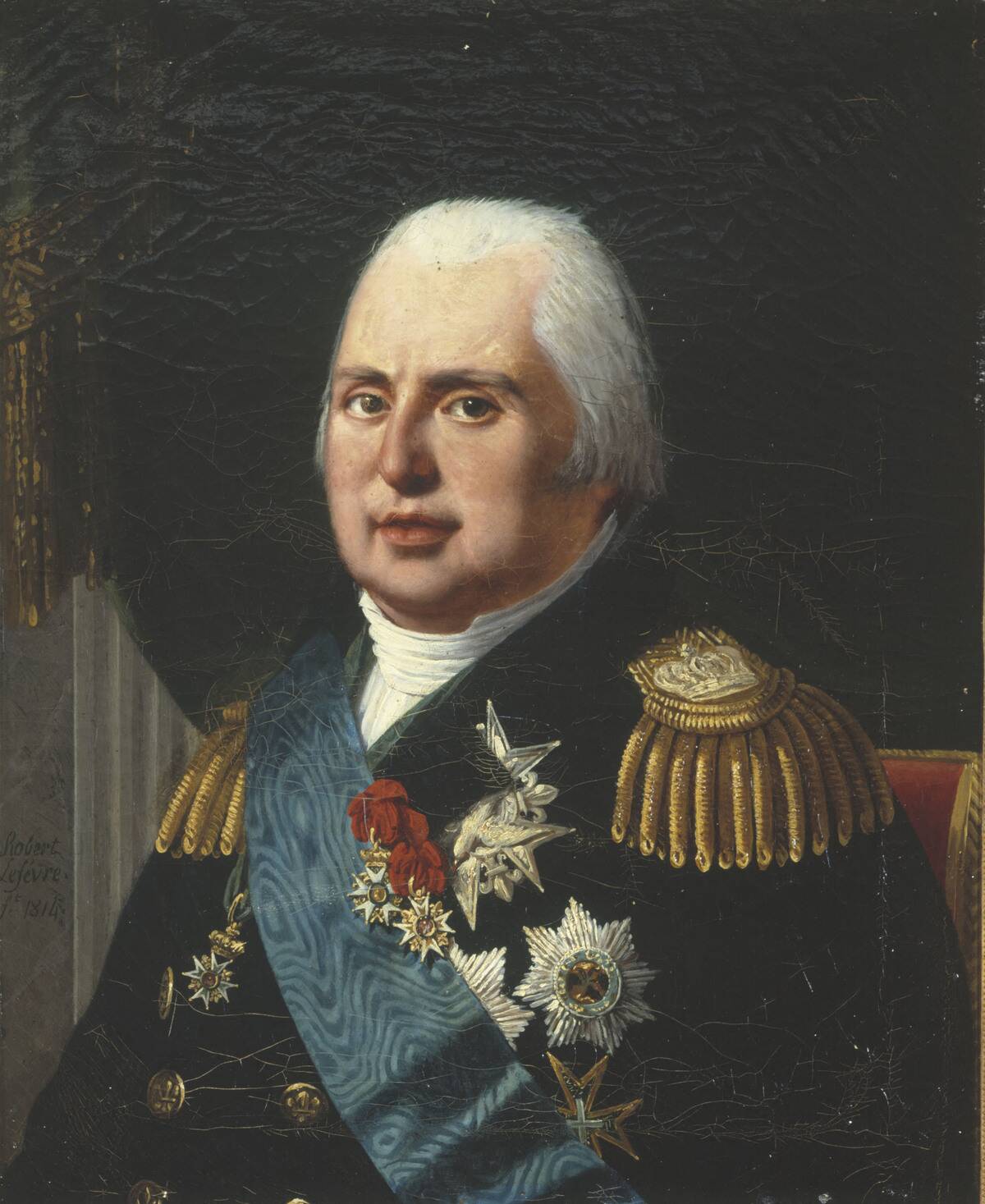
King Louis XVIII came to the French throne in the wake of Napoleon’s fall, ruling from 1814 to 1824. His reign was characterized by attempts to reconcile the old regime with revolutionary changes. Louis’s cautious approach to governance, known as the Bourbon Restoration, sought to balance royal authority with constitutional limits. Despite efforts to stabilize France, his reign was fraught with political divisions, and he struggled to maintain his legitimacy in a nation still grappling with the legacy of revolution.
King Leopold II of Belgium: The Exploitative King
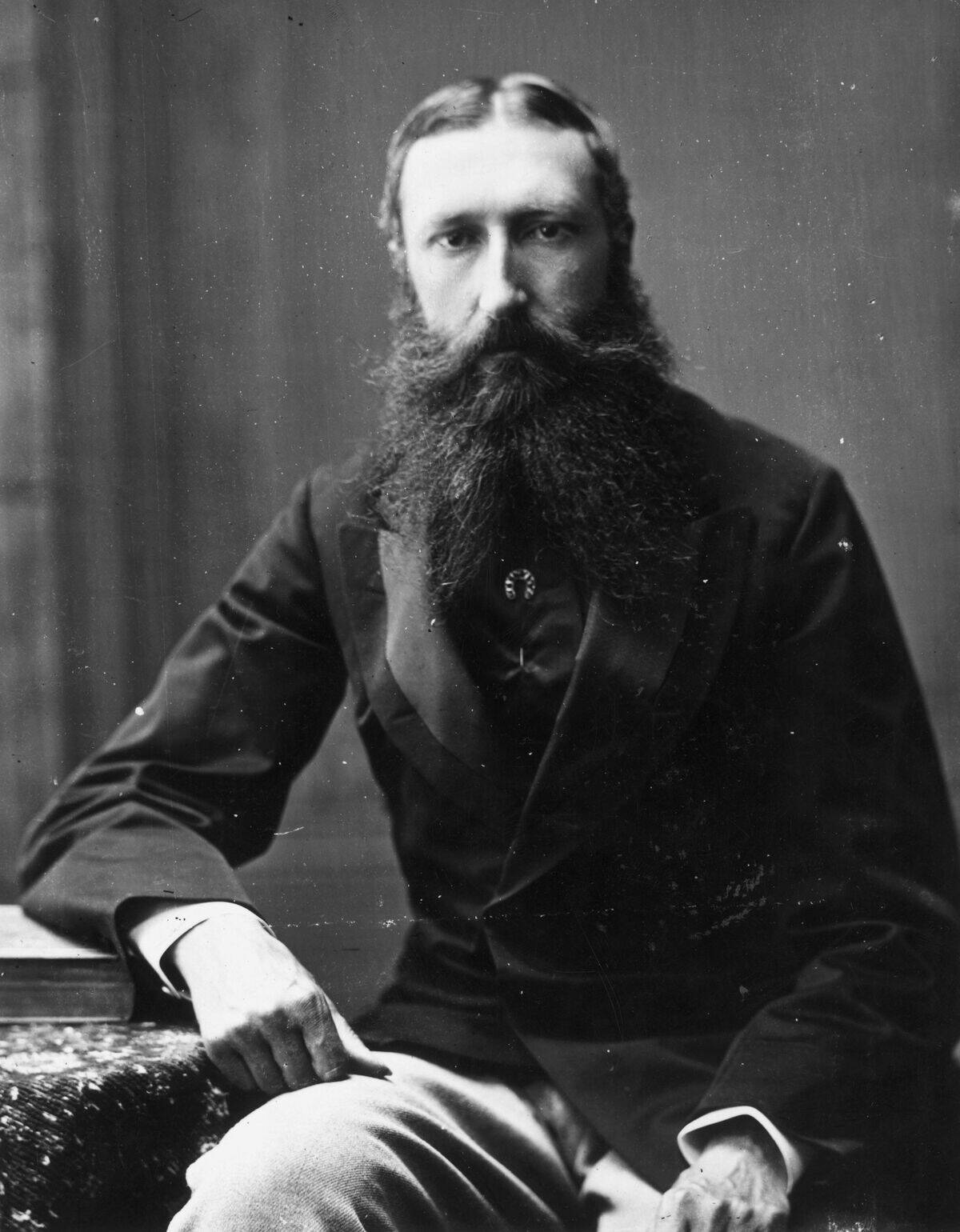
King Leopold II of Belgium’s legacy is marred by his brutal exploitation of the Congo Free State, which he ruled as his personal property from 1885 to 1908. Under his control, the Congolese people suffered forced labor and horrific abuses in the pursuit of rubber and ivory. The outcry over these atrocities eventually led to the Belgian government taking control of the Congo in 1908. Leopold’s reign left a dark stain on Belgium’s history, highlighting the devastating impact of colonial exploitation.
King Charles X of France: The Unpopular Reactionary
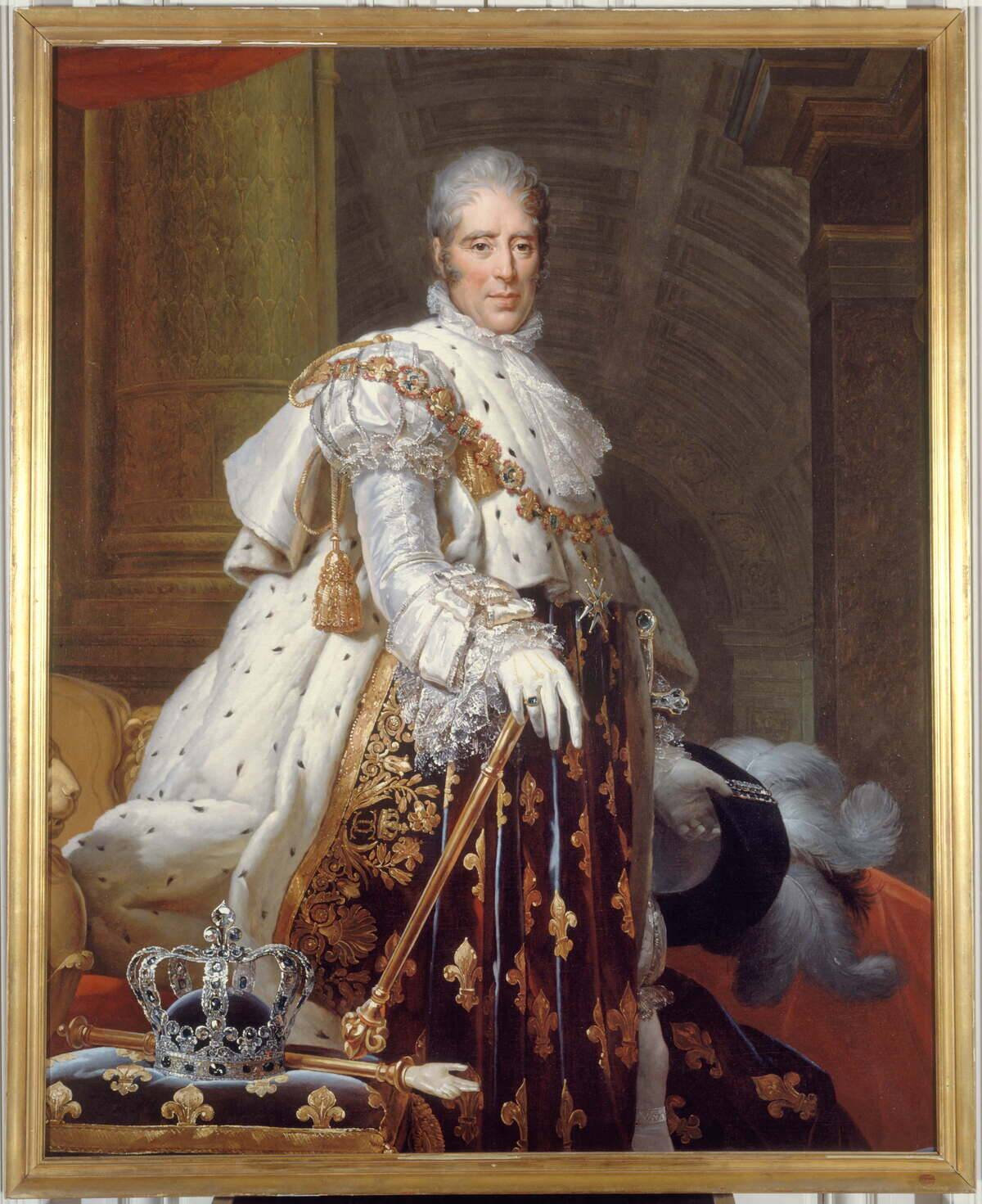
King Charles X’s reign from 1824 to 1830 is often seen as a period of reactionary politics. His attempts to restore absolute monarchy and the privileges of the Catholic Church alienated many French citizens. The July Ordinances, which attempted to suppress press freedom and dissolve the Chamber of Deputies, sparked the July Revolution of 1830. Charles was forced to abdicate in favor of his cousin, Louis-Philippe, marking the end of the Bourbon dynasty’s rule in France and the rise of the July Monarchy.



